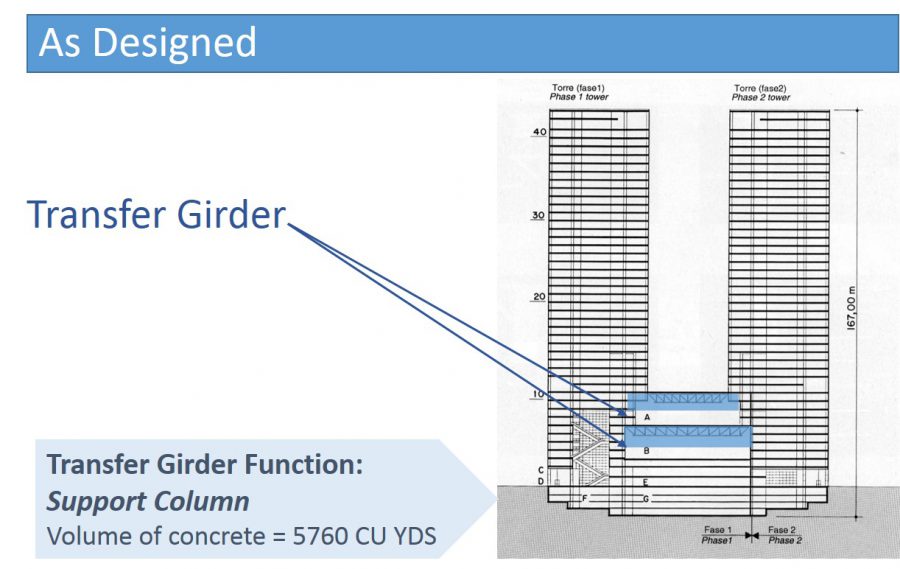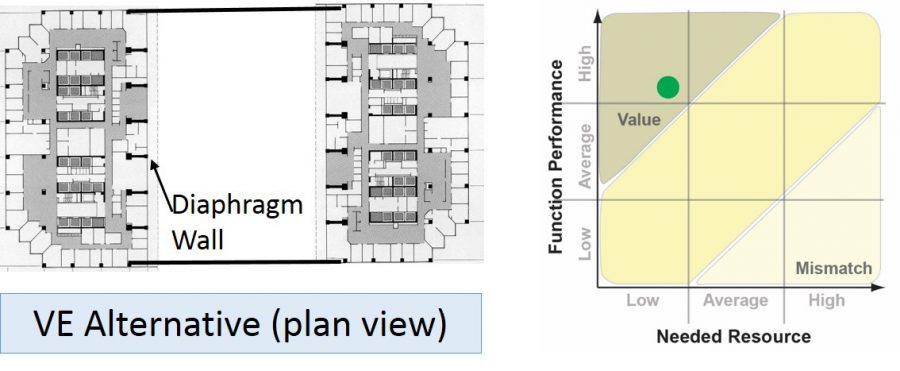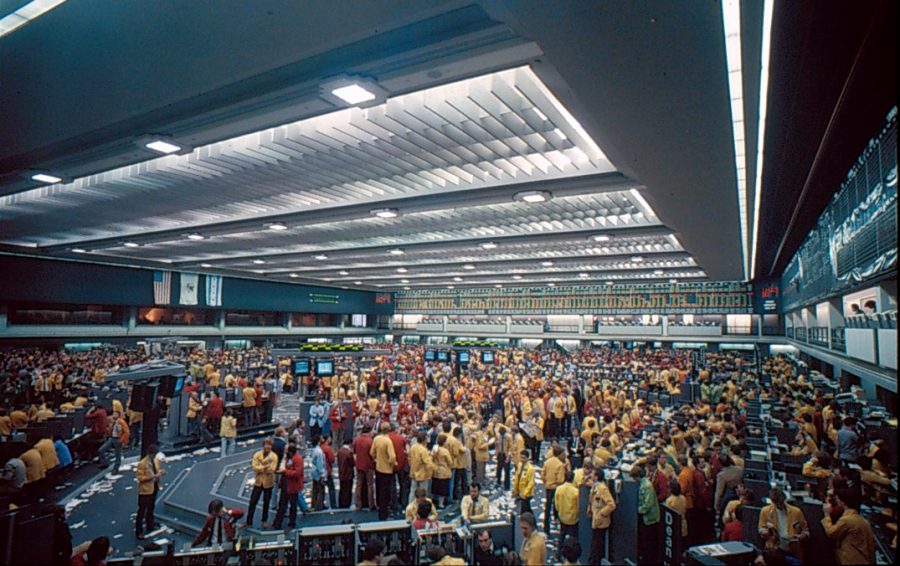By Muthiah Kasi, PE, SE, CVS-Life, FSAVE
Sustainability
Sustainability is a key factor in determining Value in Construction Projects. “ASTM E 2432, Standard Guide for General Principles of Sustainability Relative to Buildings” defines the three principles of sustainability as environmental, economic, and social. It further states “… this guide recognizes that, in applying sustainability principles to buildings, decision makers must often balance opportunities and challenges associated with each of the general principles.” It further points out that “A variety of tools and standards exist that qualify and quantify impacts…”
A Tool to Sustainability – Value Management ASTM E1699
Value Methodology is best suited as a primary tool to practice applied sustainability. The definition and measurement of value depends upon the stakeholders. Every project impacts someone (Stakeholders), Every Stakeholder has expectations (Functions) and cost must be justified. These three components of VM in the Function Analysis Phase match with the three principles of sustainability.

Case Study: Optimize Resources
An office building was designed with the lower level floors to be used for stock exchange trading. Columns that support 35 floors need to be terminated at the lower level. This is to create a column-free trading floor. Column termination occurs at two different floors. In order to support these columns a series of massive girders were proposed.

During the VE study, the massive girders that satisfied the function Support Columns, were replaced by multistory concrete diaphragms by changing the function from support column to transfer load.



Environmental: This resulted in the reduction of concrete from 5760 Cubic yards to 750 Cubic Yards. This satisfied the three principles of the sustainability. The use of concrete as a material was reduced by 87.5%
Economical: Cost of massive girders is considerably reduced by simple brackets.

Social: Massive Girders were eliminated. The trading floor has higher ceilings which allows for better space quality.
Case Study: Use of Reuse Material*
An existing river bridge is planned to be replaced by similar length and configuration of the existing bridge. During the VE study it was realized that the functions such as Permit Rail Operation and Maintain Trails are no longer needed. The trail was relocated and the rail operation was terminated.
 Functions: Permit Rail Operation, Maintain Train and Support Roadway
Functions: Permit Rail Operation, Maintain Train and Support Roadway
 Function: Support Roadway
Function: Support Roadway
This resulted in the VE proposal to eliminate the 270’ of the bridge and build an embankment to support the highway. There was certain compromise on the social principle to enhance the other two sustainability principles.
| Environmental | 730000 lbs of steel girders were eliminated. This will be replaced by natural material (Earth Embankment) |
| Social | The link between the two sides of the bridge is maintained.
It has a negative visual impact to the adjacent homes due to massive embankment. |
| Economical | The initial cost and maintenance cost is considerably reduced. |
These are just two examples that demonstrate the VM approach as a tool to address and or balance the three principle of sustainability. Value Practitioners have developed a large number of similar proposals. However, most of the time the emphasis is on cost savings.
Value is always driven by the efficient utilization of resources. Society today is much more concerned with environmental issues. Value Methodology can be more attractive if we can consciously showcase VE as a process to enhance sustainability.
* Reuse: Using material in its original form more than once.

